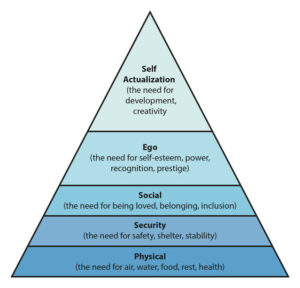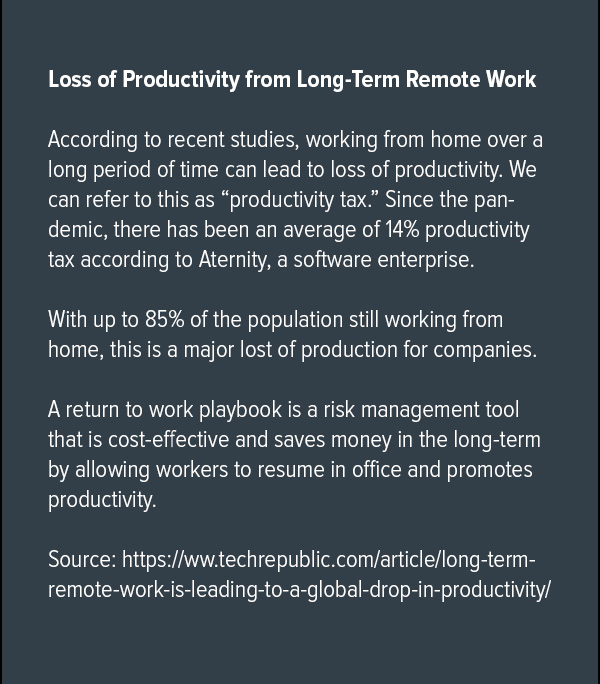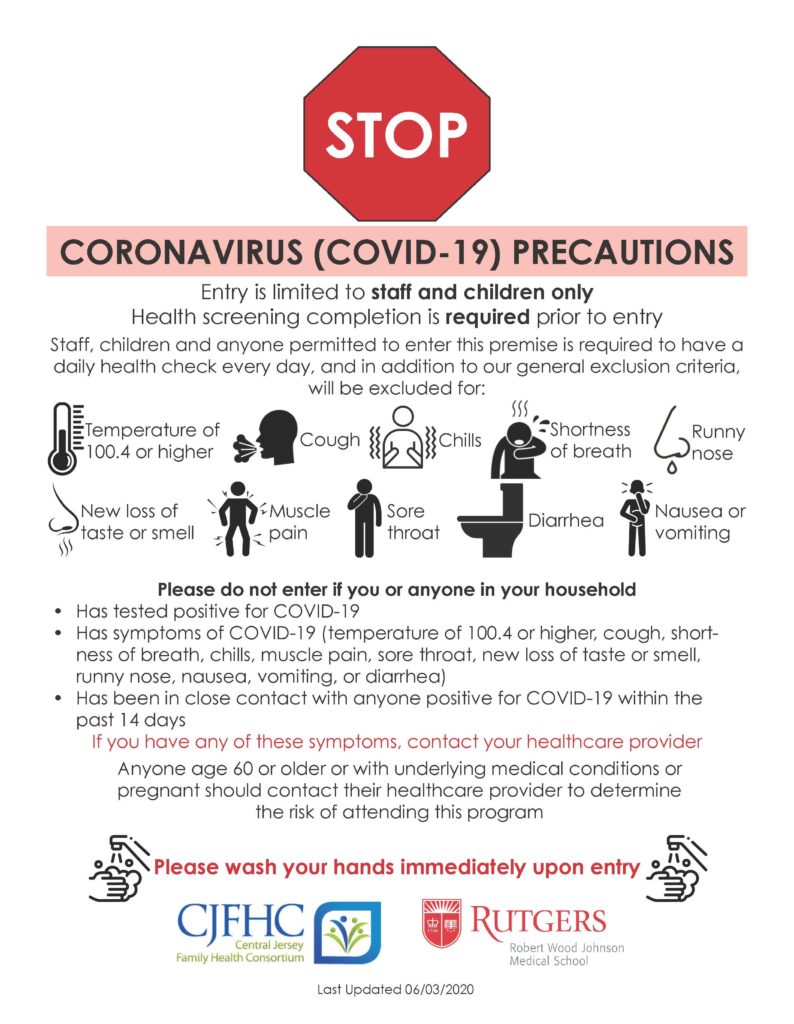COVID-19 and Business Continuity
COVID-19 has unquestionably impacted the entire workforce since March 2020. Erratic markets, unclear direction, and fear of the unknown has caused a period of potential instability for many companies.
Companies must be proactive in their decisions to sustain business continuity and develop resilience in an ever-evolving workplace.
While it is traditionally practiced by a progressive organization, the focus on the safety of employees through planning and resource allocation is becoming more widespread.
Continuously engaging employees, actively listening and addressing concerns, and creating a robust return to work playbook will support business continuity.
Dimensions to Consider When Restarting Workforce

If we look at Maslow’s Hierarchy of Needs, employment and health are near the base. In order to provide employment in a healthy atmosphere, several dimensions need to be considered at the employee level.
Social Health: Socio-economic factors affect employee’s abilities to perform. Ensure that inclusivity is a priority in the return to work playbook.
Physical Health: Using the latest guidance from OSHA and the CDC, create a living document playbook that encompasses the most up to date safety procedures. Review new information as it is released from these agencies and determine applicability.
Mental Health: Anxiety, depression, loneliness, and suicide has rapidly increased since March 2020. Be cognizant of this as an organization and proactively ensure the accessibility of mental health care and counseling.
In times of uncertainty, people look to their employer for guidance and reassurance. By prioritizing employees, business can minimize disruption.
Risk Assessment
Risk is defined as “the effect of uncertainty on objectives” in ISO 31000. In this case, uncertainty stems from a global pandemic and objective is returning to work in a healthy manner.

The risk is created by potential exposure to the novel COVID-19 virus. Our risk drivers include: traveling for work, interacting with employees, and creating possibilities for exposure. Once an employee is infected, the next potential is spreading virus within company/to other vendors. The result can be health issues and potential business impact.
A COVID– specific risk assessment tool is vital to analyzing risk consideration, methods of mitigation, and level of risk.
Risk considerations should include physical symptoms, contact with infected persons, and visiting high-infection areas at a minimum.
Mitigation measures should use the NIOSH hierarchy of controls. From elimination as highest control and PPE as lowest.
See hierarchy of controls here:
https://www.cdc.gov/niosh/topics/hierarchy/default.html
By creating a risk assessment, a return to work playbook will be much more effective.

While a pandemic can create fear of the unknown, this risk management system allows for controls in creating levels of protection for the employees and business.
Evaluating Work Facilities
Before returning to work, work facilities must be assessed for functionality and hygienic conditions.

All plumbing should be functional and not have stagnant water, mold, or pests. This will also ensure that employees can wash hands properly and maintain hygiene in workplace.
Water fountains, ice machines, and coffee makers can be temporarily taken out of service to prevent disease spread or require masks when used by employees using proper signage/administrative controls.
Electrical systems need to be evaluated before occupying building. Life safety systems are a priority. Pumps, motors, etc need to be checked as they have been out of use. Bringing these systems back on line can be hazardous, so use caution.
Life safety items such as emergency lights, fire alarm, sprinkler systems, fire extinguishers, AEDs, communication systems, and sirens need to be tested and brought back up to inspection.
Operational equipment such as printers, computers, IT systems, and phones need to be serviced and functional to ensure business services can continue. Consider the possibilities of touch-free technology for IT troubleshooting and services.
Work facilities must be functional, hygienic, and well-planned to meet the demands of this new era in business. By taking the extra time to evaluate and mitigate risks in work facilities, employees will be more productive and have less stressors which will reduce business impact.
Social Distancing & Hygiene in the Workplace
Business need to ensure Central for Disease Control (CDC) guidelines are put into place for social distancing and hygiene.
CDC defines social distancing as “keeping a safe space between yourself and other people who are not from your household.” The universal 6’ rule says we must stay more than 6’ away from somebody or else wear a face covering to protect ourselves and each other from contracting and spreading COVID-19.
In conjunction with engineering controls, regular disinfection with an EPA-approved chemical will aid in viral spread reduction. Common areas such as restrooms, breakrooms, and meeting tables must be regularly disinfected to prevent spread of disease.
See the following link for a comprehensive guide to workplace disinfection practices during COVID-19.
https://www.cdc.gov/coronavirus/2019-ncov/community/pdf/Reopening_America_Guidance.pdf
Entry Routes

Using the risk assessment, it is important to delegate separate entrances and exits.
Upon entry, a screening process needs to exist. Symptoms of COVID-19 must be considered before entry. Hand sanitizer and masks should be available or required at entry points.
Entry points should be regularly sanitized, as it is a common area of exposure.
Limiting the entry of non-employees is vital. Use technology solutions to meet as much as possible.
Work schedules can be staggered to limit exposures to fellow employees at any given time.
Congregating in areas and not social distancing should be discouraged using administrative controls.
Ensure that employees understand that emergency egress voids all administrative protocols for preferred entry and exit doors.
This post was written by Paul Martin, who is an Anova employee and a subject matter expert on return to work planning. Along with individual research and formal classroom education, he successfully addresses real-world challenges on his current assignment with a Fortune 500 client. If you are interested in additional information, please contact Paul Martin

